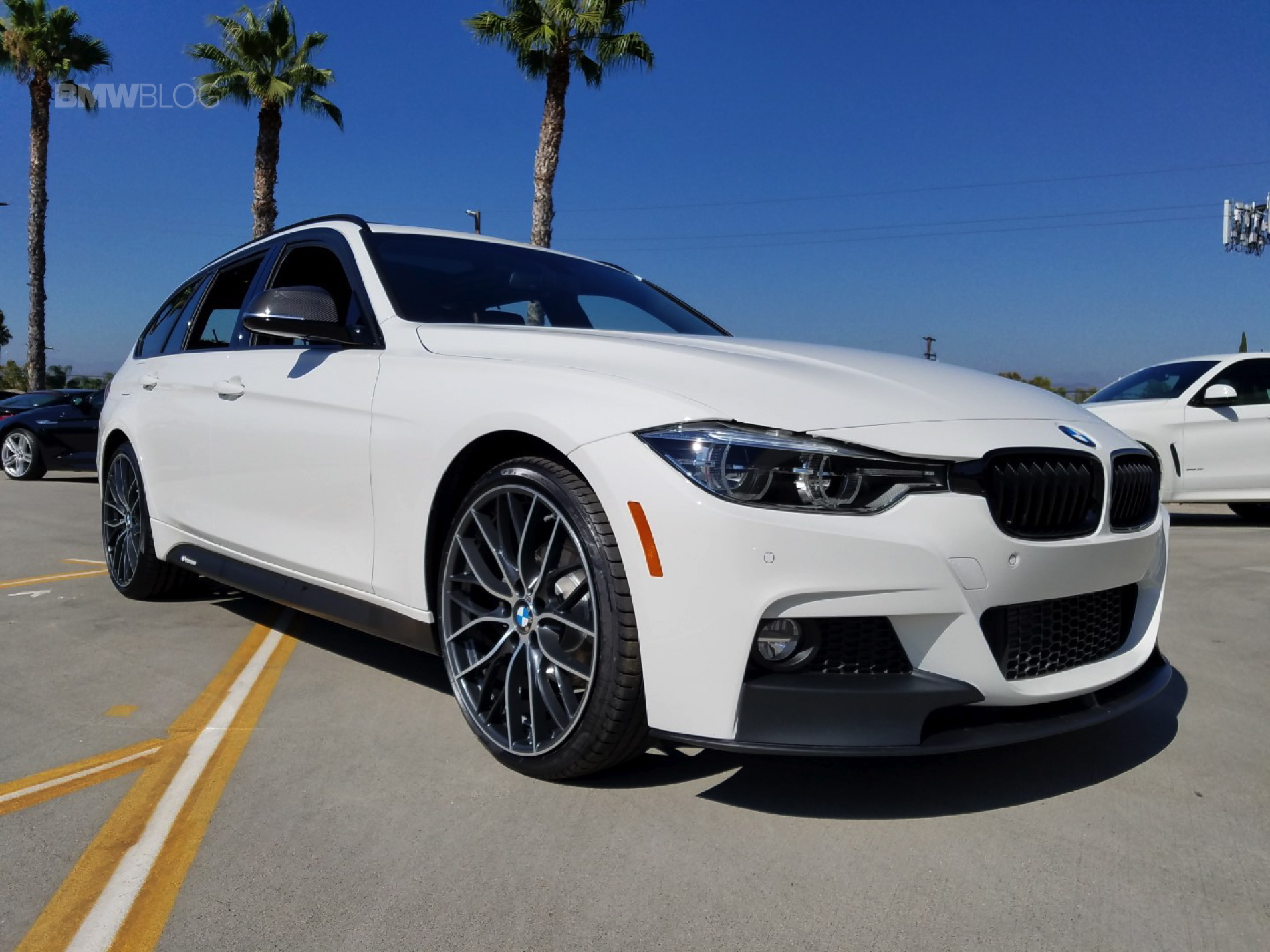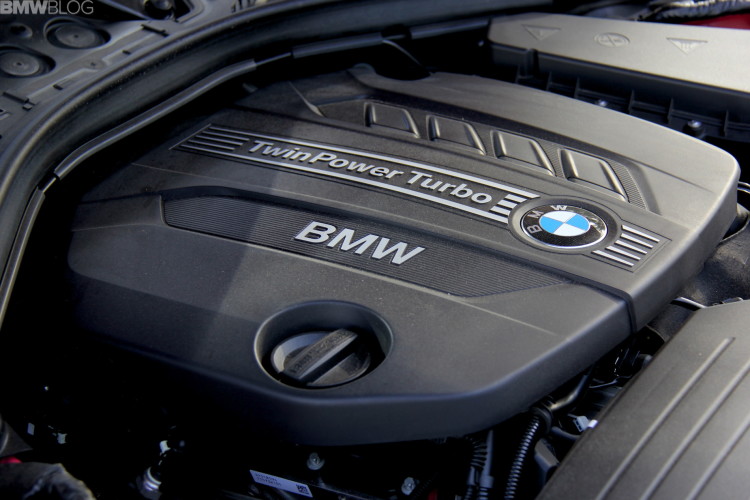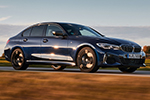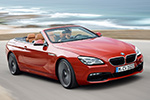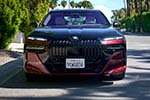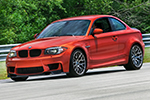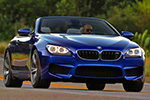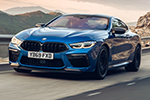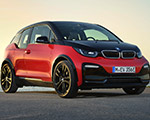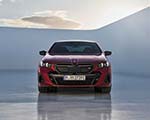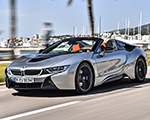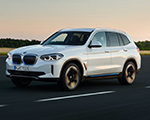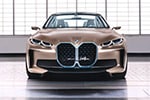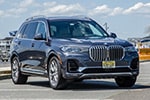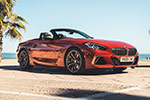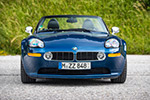Every so often, BMW builds a car that gets everything right — the proportions, the powertrain, the everyday usability — and yet, the market just shrugs. The BMW 328d Sports Wagon was one of those cars. It wasn’t loud, flashy, or overpowered. It was just quietly brilliant — efficient, well-balanced, and genuinely enjoyable to drive. But unfortunately, it arrived in the U.S. at exactly the wrong time.
BMW’s Big Diesel Push
When the 328d launched in North America (both in sedan and wagon configurations), BMW was determined to make diesel mainstream. The company brought over diesel versions of the 3 Series, 5 Series, and X5, and even ran a Super Bowl commercial in 2014 to tell Americans that modern diesel had changed. The campaign — “Diesel’s Back” — showed drivers reacting in disbelief that a diesel BMW could be clean, quick, and quiet.
They weren’t exaggerating. We tested one of the very first U.S.-spec diesels, the 2014 BMW 328d Sedan, on a 1,500-mile road trip from Dallas to Kansas City and back. That drive told us everything we needed to know. The 2.0-liter turbo diesel four-cylinder made 180 horsepower and 280 lb-ft of torque, and even though 0–60 mph took around 7.4 seconds, it felt much quicker thanks to that thick torque band from 1,750 rpm. The eight-speed automatic shifted smartly, the engine pulled hard through midrange, and highway passing was effortless.
The sedan returned 40-plus mpg even when we weren’t trying — and the range approached 700 miles per tank. It started instantly in 3°F weather, warmed up fast, and handled a winter storm without complaint. In short, it felt like a BMW should: planted, refined, and surprisingly fun.
The Wagon That Made Even More Sense
The 328d xDrive Sports Wagon took everything good about the sedan and made it more useful. With its long roof, standard all-wheel drive, and generous cargo area, it was the perfect one-car solution for anyone who wanted a premium daily that could also haul gear, pets, or weekend luggage. It had over 50 cubic feet of cargo space with the seats folded, roof rails for bikes or skis, and the clever split-opening rear hatch that made loading easy. Yet, from behind the wheel, it still felt like a proper 3 Series — balanced, responsive, and confident on any road.
The suspension tuning was spot-on: firm enough to feel precise, supple enough for rough pavement. The steering had real feedback, something that’s becoming rare in modern cars. On a mountain road or long highway stretch, it was hard not to be impressed by how cohesive the whole package felt.
Wrong Place, Wrong Time
Unfortunately, the timing couldn’t have been worse. Diesel was already a tough sell in America, and when Volkswagen’s Dieselgate scandal hit in 2015, public trust evaporated. Even though BMW’s diesels were fully compliant with U.S. emissions standards, the damage was done.
At the same time, SUVs were taking over. Buyers who wanted space went straight to the X3 or X5, while enthusiasts looking for performance gravitated toward the 328i or M cars. That left the 328d Wagon appealing to a small group of drivers who appreciated its mix of efficiency and handling — and not many others.
Now They’re Hard to Find
That lack of demand when new makes the 328d Wagon a rare sight today. They pop up occasionally on used sites, but clean examples disappear quickly. Edmunds currently lists a 2015 model with 111,000 miles for around $17,000, and CarGurus shows a 2018 with 71,000 miles for about $21,500. For a luxury AWD wagon capable of 40 mpg, those prices are solid. Most have high mileage because owners actually drive them — and that’s the point. They were built for distance, not for sitting in garages.
A Car That Deserved Better
The 328d Sports Wagon was exactly the kind of car BMW used to excel at building — a well-engineered, understated driver’s car that didn’t need big power to be rewarding. It was efficient without feeling compromised, comfortable without being soft, and dynamic without being harsh.
Overall, the 3 Series Wagon never became a sales success in America regardless of its drivetrain, but that’s part of what makes it special now. It’s one of those cars you spot on the road and instantly recognize as something a little different — a car that was built for people who cared about how it drove.
For those who still have one, it’s a keeper. For everyone else, it’s one of those “should’ve bought it when you could” BMWs. The kind that reminds you the brand’s best cars were often the ones nobody noticed at the time.


